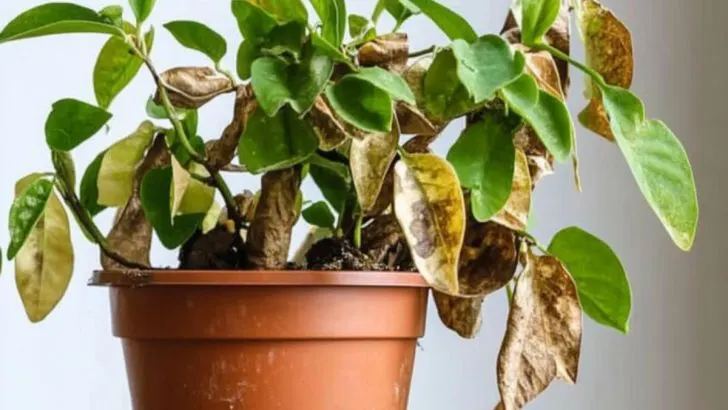Whether you consider yourself a green thumb or just someone trying to keep their houseplants alive, it’s vital to understand that our leafy companions sometimes require extra attention and care.
Let’s dive into the art of spotting the subtle (and sometimes not-so-subtle) cries for help from your indoor greenery and learn how to bring them back to their thriving selves.
Plants add a vibrant splash of life to our homes, giving our spaces warmth and comfort. But when things start looking a little less lush, it can be stressful for plant parents.
Many issues are easily fixed once you know what to look for and how to address them. Each plant, in its quiet way, communicates its needs; we just have to listen and respond accordingly.
Just like humans, plants can go through ups and downs. A little TLC usually goes a long way in turning your greenery from gloomy to glorious.
This guide will walk you through some common symptoms of discontented houseplants and offer practical solutions to get them smiling again. So let’s roll up our sleeves and get our hands a bit dirty!
1. Thin Stems and Limited Blooms
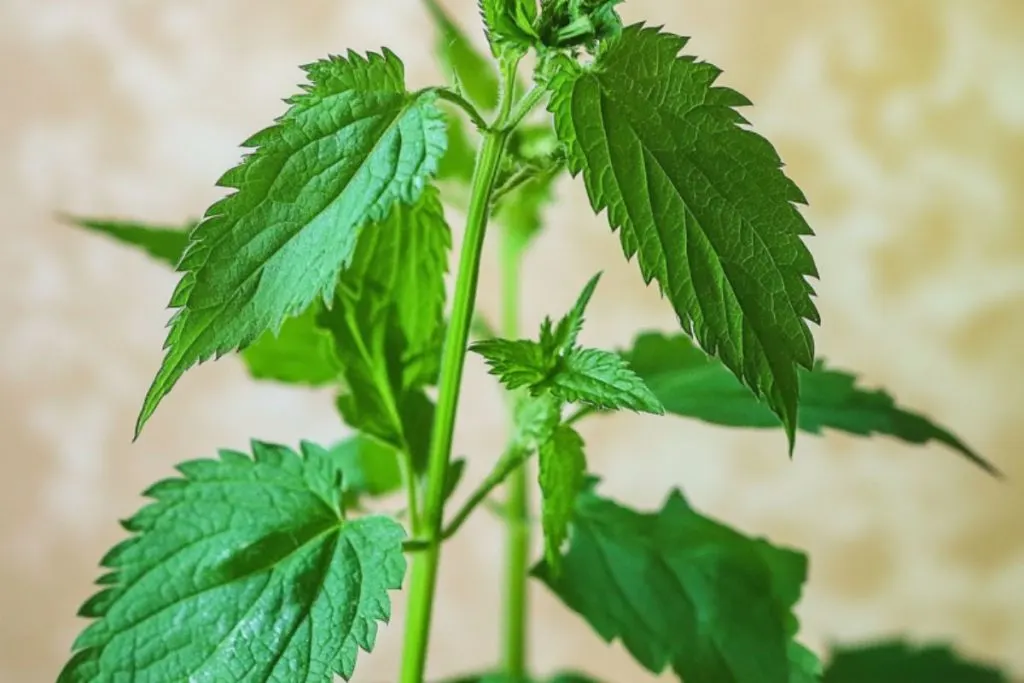
If your houseplants are looking more like leggy models on a runway and less like the bushy beauties you desire, poor lighting might be to blame.
Adequate sunlight is crucial, with most houseplants soaking up 12 to 14 hours of light a day. Different plants have different lighting needs, so it pays to research the ideal conditions for your specific plant buddy.
If natural light is lacking, consider positioning them in a brighter spot or investing in some artificial lighting solutions.
Spindly growth is often a literal stretch for more light. Think of your plants as characters in a play, always seeking the spotlight.
Shifting them closer to a window or tweaking their exposure to light can make a world of difference. And let’s not forget—sometimes a little rotation helps them grow evenly, as they follow that celestial spotlight.
For those who love flowering plants, a lack of blooms can be disheartening. Ensuring that your plant receives the right balance of light is key. And if you want to give them a little nudge, a specialized grow light might just do the trick.
2. Abundant Leaves but Barely Any Flowers
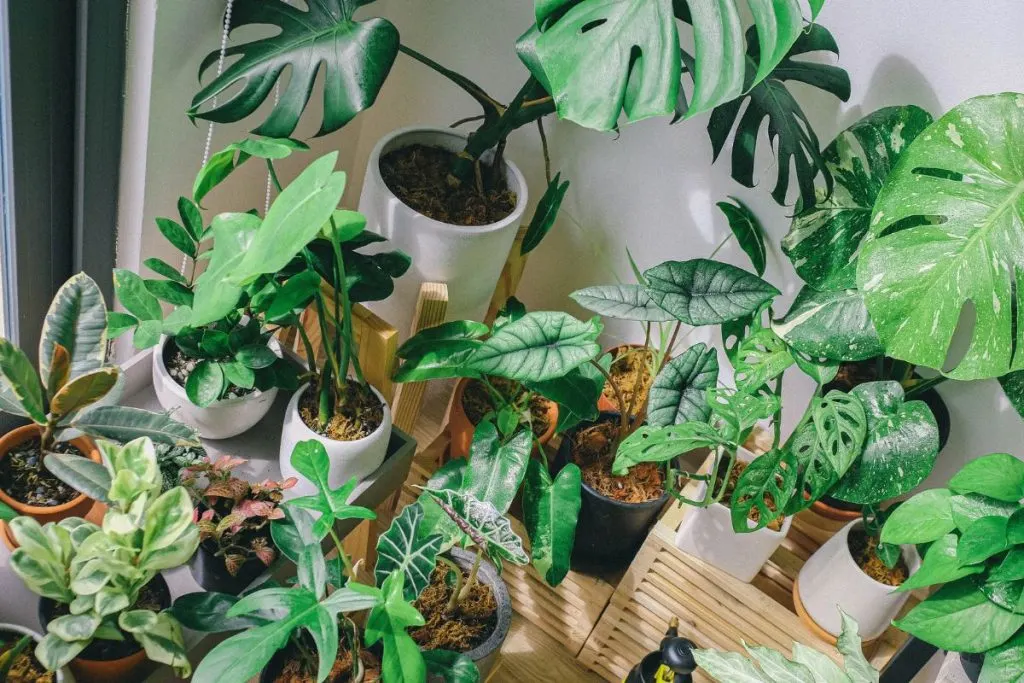
If your plant is all leafy and no floral show, you might have been a little heavy-handed with the nitrogen fertilizer.
While foliage plants adore a nitrogen boost, flowering varieties might sulk and refuse to bloom if overfed. The trick is to tailor your feeding strategy with a balanced fertilizer for flowering plants.
Imagine your flowering plants as introverts—too much nitrogen is like too much caffeine: they get jumpy and forget about putting on a floral display. Switch to a balanced mix, and you might just see those blooms return with gusto.
Think of the leaves as the plant’s wardrobe for photosynthesis, but sometimes they need to change into their evening wear—the flowers. And to do this, they need just the right amount of nutrients, including phosphorus and potassium, to shine.
3. Yellowing Leaves

Yellow leaves can be the bane of any plant lover’s existence. The culprits? A range of issues, from overwatering to insufficient humidity, poor soil drainage, or even finishing their lease and needing a new pot to stretch their roots. In colder months, keep an eye on those cold drafts and heating vents—they’re not your plant’s best friends.
Consider yellowing leaves as a plant’s way of pressing the “help” button. Check if the soil is well-draining, the pot allows breathing room, and if your plant is away from temperature extremes. A little detective work can go a long way toward restoring that green glow.
Sometimes, all your plants need is a change of scenery, a bigger pot, or a little less water. They’re like houseguests; make them comfortable, and they’ll brighten up in no time.
4. Leaves Looking Burnt
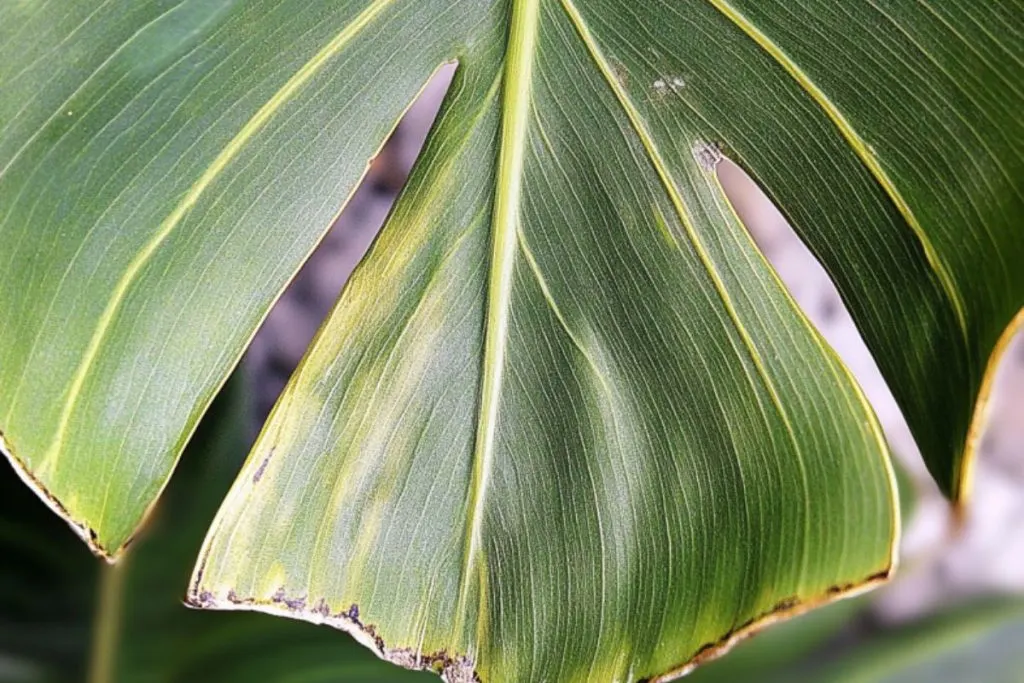
Scorched leaves often mean your plant is getting more sun love than it can handle. To prevent further damage, move your plant to a spot with indirect light. Prune away burnt leaves and stick to deep waterings spaced out over time to promote healthy roots.
Your plant’s burnt leaves are like sunburnt skin—too much sun takes a toll. By adjusting their light exposure and ensuring gradual acclimatization, your plant can recover. For added protection, consider filtering direct sunlight with a sheer curtain.
Treat those scorched leaves by showering them with a little extra care while avoiding overfertilizing. Give them the shade they crave, and they’ll repay you with a lush, healthy appearance.
5. Brown Leaf Tips
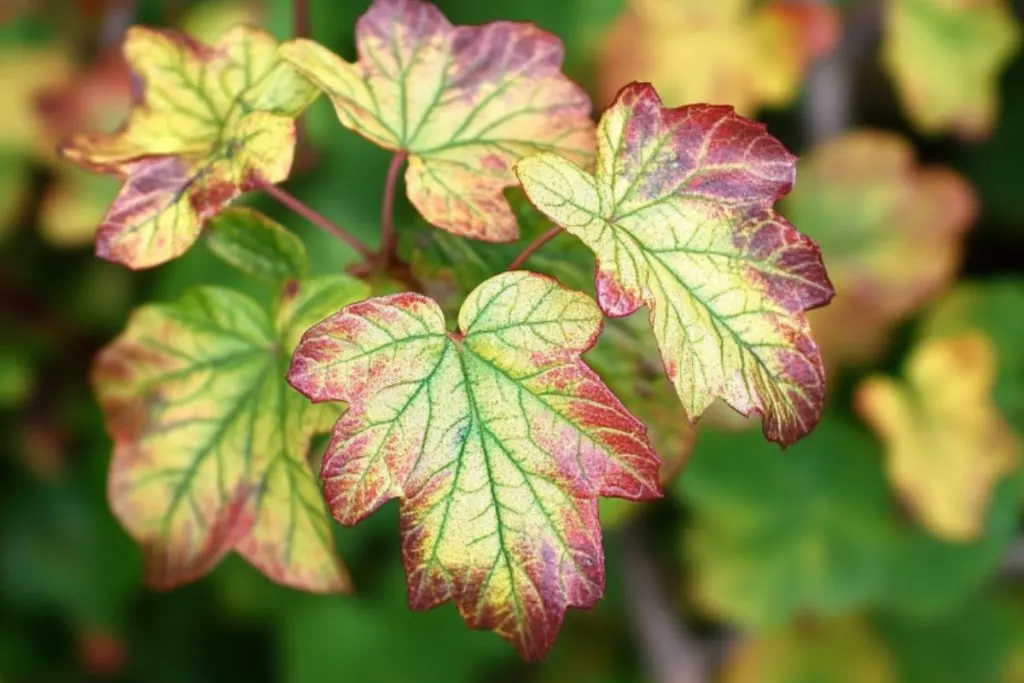
There’s nothing like the crispy crunch of brown leaf tips to signal distress. Overfertilizing, excessive salt buildup, or even dry, hot air could be the culprits here. The solution?
Use fertilizers sparingly and ensure your potting method keeps humidity in check. Trays of water and pebbles beneath the pot can increase humidity, creating a little oasis for your plant.
Think of brown leaf tips as your plant’s version of split ends. A bit of moderation with fertilizers and attention to environmental conditions can prevent these hair-raising scenarios. Regular flushing of the soil helps clear out excess salts, keeping the pot’s ecosystem balanced.
Humidity doesn’t just benefit us—it’s a refreshing breath for plants, too. Use pebble trays or humidifiers to keep moisture levels just right.
6. White Powdery Fungus on Leaves
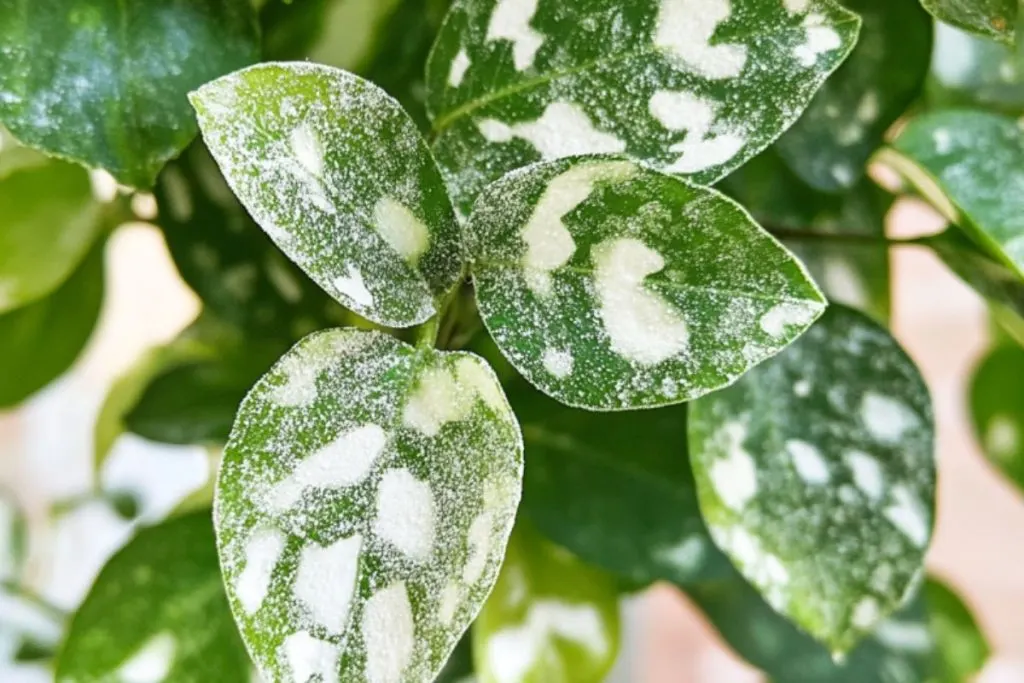
White powdery mildew is a sign your plant might be feeling a bit chilly and damp. Increase air circulation and remove infected leaves. Ensure you’re watering judiciously and keeping debris off the soil.
Think of powdery mildew as an uninvited guest at a party. Swift action and a tweak in care routines can keep this fungus from affecting your plant negatively. Moderate household conditions to keep your plant breathing easy.
Combat the mildew with consistent prevention—a little airflow, mindful watering, and cleanliness can make a significant difference.
7. Leaning or Unbalanced Growth
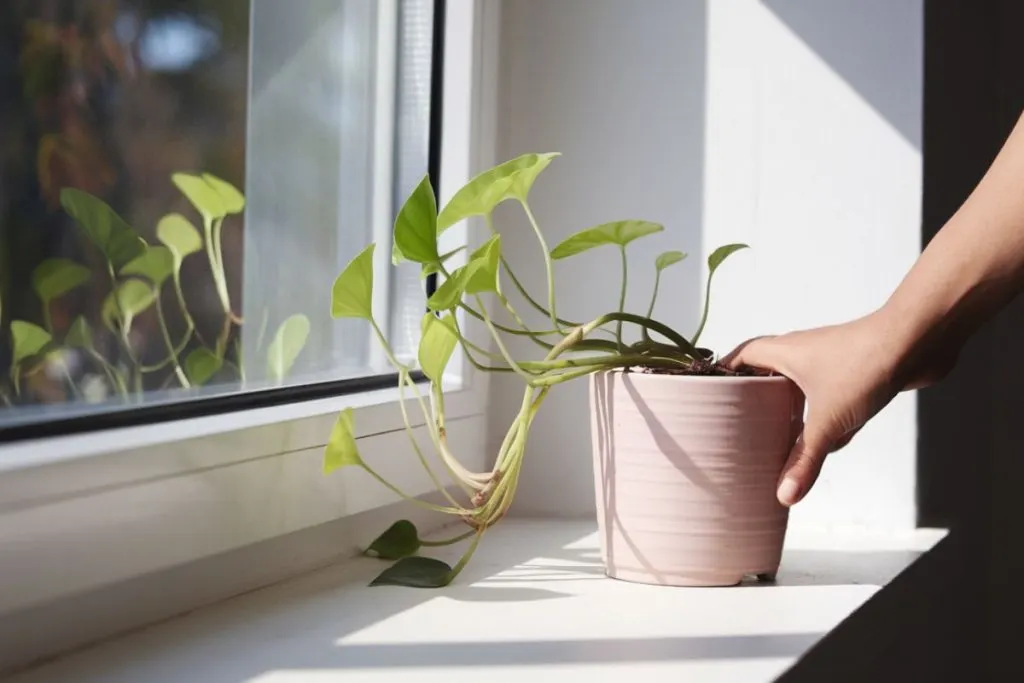
If your plant looks less like a lush bush and more like a lanky teenager, it might need better light distribution. Rotate your plants regularly and consider adding an artificial light source to ensure even growth.
In a stationary light environment, plants might lean and stretch out, searching for the sun. Regular rotations keep them balanced and promote a healthy form.
An even dose of light can work wonders, much like plants’ natural adaptation to the sun’s journey across the sky. Providing consistent light exposure ensures robust growth.
Recognizing and addressing these plant symptoms can transform your home into a veritable indoor garden, full of life and vibrant greenery. So go ahead, show your plants some love, and watch as they repay you in lush leaves and bright blooms!

